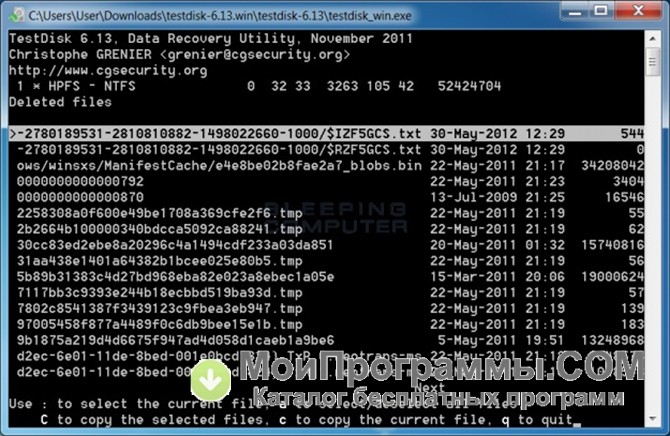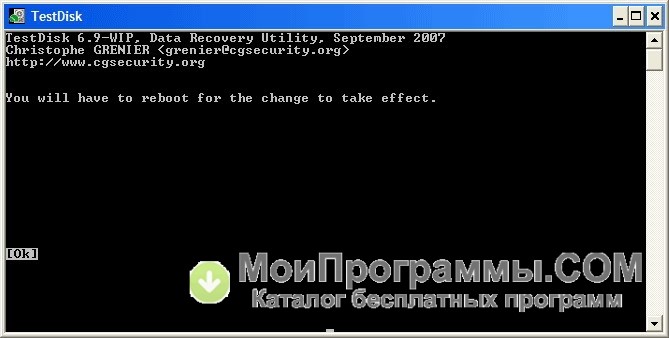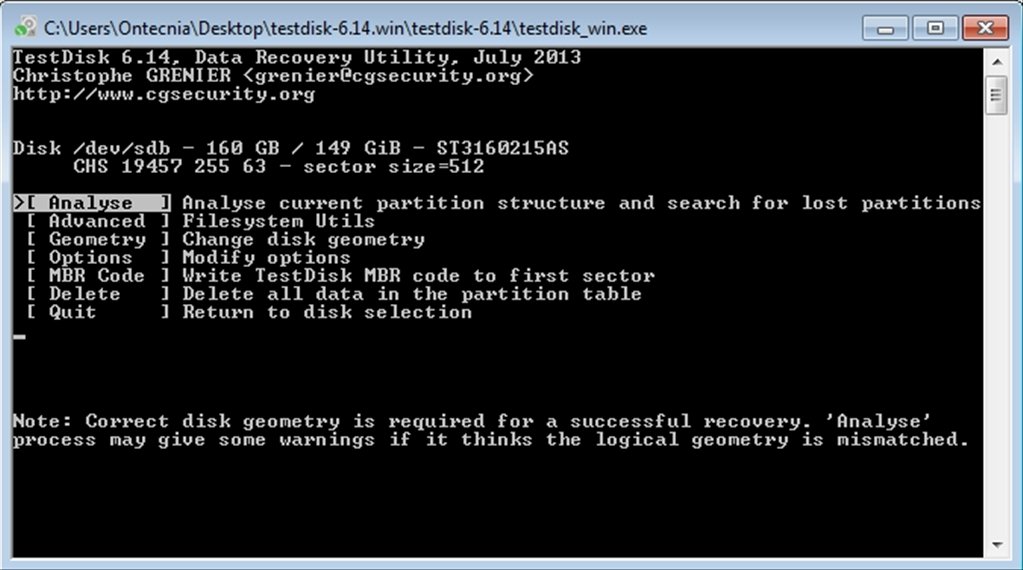

Choose the recommended options (highlighted). Note: The Testdisk utility tool is beginner-friendly it offers suggestions to the options on each screen.

The utility description screen has three options mentioned in detail below: To recover deleted files, first you need to create a testdisk.log file, as this log data is essential as it contains useful information for recovering your data later. Now proceed further to learn how to recover deleted files in Linux. Great! This confirms that we have successfully installed testdisk. Sample Output TestDisk 7.0, Data Recovery Utility, April 2015Įxt2fs lib: 1.44.1, ntfs lib: libntfs-3g, reiserfs lib: none, ewf lib: none, curses lib: ncurses 6.0 Once you’ve TestDisk installed on your Linux, you can verify the version of testdisk using the command. To use testdisk, you must have TestDisk installed on your Linux system using our article: How to Install and Use TestDisk Data Recovery Tool in Linux. In this article, we will show you how to recover deleted files in Linux using the TestDisk data recovery tool.

It is useful for recovering data from partitions that are caused by human errors or viruses. The trauma that comes with file and data loss should end thanks to the TestDisk – is a free, open-source software that was initially designed for recovering memory partitions and making non-bootable disks bootable again. We all know the feeling of looking for a file and not finding it, even in the trash.


 0 kommentar(er)
0 kommentar(er)
